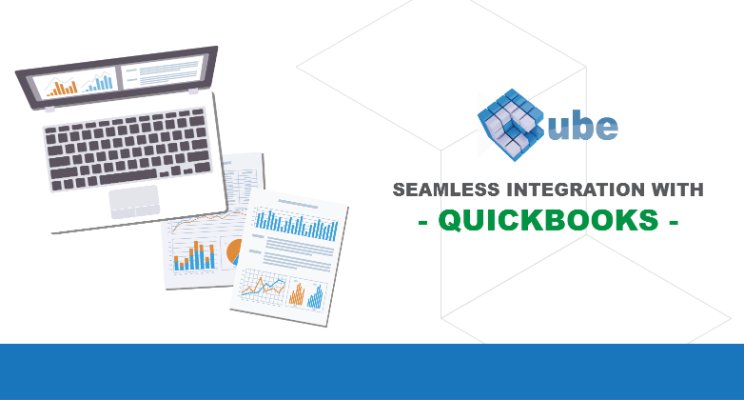Utilizing Quickbooks and Cube’s Platform to Optimize Performance.

Nothing is harder than having to complete a task twice. Like…
- Cleaning up a flooded basement… twice
- Paying for your second wedding… ouch
- Having twins…again
These are all tasks that most of us despise, yet ones you can’t necessarily avoid easily. So it’s amusing to me when I see business owners in the Building Automation Controls industry waste their time completing operational tasks not once, but two times and sometimes three times over. Not only is this inefficient and expensive, but is something that can easily be fixed by implementing the right software.
So consider this…
If you’re like me, when starting your controls business you purchased the essential software systems to get you up and running. For South Florida Controls, we started with Quickbooks for financial management, payroll, AR and AP.
However as South Florida Controls grew I found my team caught in this endless cycle of completing tasks over and over again. Accounting had the financials and account records in pristine order; however, the rest of the organization was recreating account records, client details and a duplicate database that was a monster to maintain. We had discovered the need for capabilities beyond financial management and knew the software we would select, would have to integrate and speak to Quickbooks. In other words, integration was non-negotiable and something that could not be overlooked.
Why software integration is critical for your controls business
Imagine if you entered a new contact into your accounting software, save it and send your first client invoice. Three months pass and you haven’t received payment. After sending a follow-up notice and still have yet to receive a payment, you reach out to the account manager.
The account manager logs into his CRM platform to pull up the record and is quick to identify that the record in Quickbooks and the record in the CRM aren’t in sync. In fact, the client’s business address is completely different.
So which record is correct?! You may be thinking, ‘Who messed up?’
The example above is on a very small scale, but you can imagine the chaos that happens within a business without two systems speaking to each other. Which brings us to software integration.
Some Business Management Softwares are integrated and some are not.
What is bi-directional integration with Quickbooks?
When business systems are integrated, data is shared between the two systems through an Application Protocol Interface (API)–simply put, a bi-directional integration. The integration enables the data to flow in both directions. Without it, information only flows one way.
This integration creates the best user experience since the data that needs to be shared is on both systems. Like the new account record scenario described above, when billing is frequent and must be up-to-date, as in the case of QuickBooks and sales/account management records, integration is a must. These synchronizations increase consistency, accuracy and reduce labor costs and inefficiencies.
Cube’s Integration with Quickbooks
Cube’s Business Management Software communicates with QuickBooks using bi-directional integration, so account records and transactions occur both in QuickBooks and in Cube.
- Pay a bill in QuickBooks and it is recorded in Cube
- Add a customer to Cube and they are also added in QuickBooks
- Enter a vendor bill in Cube and it will appear in QuickBooks as a bill to pay
Cube was created to work in collaboration with QuickBooks to help your business operate efficiently. When combined, QuickBooks takes care of financial management and Cube manages the day-to day operational functions including estimates, purchase orders, sales and customer management – all essential activities that need to be handled as efficiently and error-free as possible.
Key Benefits of Cube’s Integration with Quickbooks:
- Reduces the amount of manual, error-prone data entry resulting in productivity increases and better accuracy
- Enables better customer service with the same information resident in both systems and consistent regardless which system is accessed
- Results in a better, and the only truly seamless, user experience
